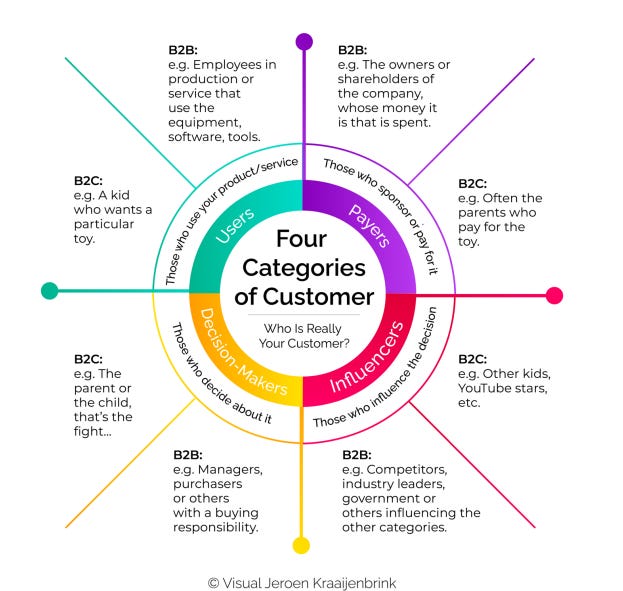What is a BHAG?
I had not come across this term in detail until last weekend and so it probably makes sense to discuss what a BHAG (“Bee-Hag”) is.
BHAG stands for Big Hairy Audacious Goal and it is a clear and compelling target that an organisation wants to reach.
It differs from a corporate vision as a BHAG has a level of boldness involved. Generally, in a vision the goals can be easily achieved. BHAGs are more like moonshots that have some likelihood of success, but might also fail. BHAGs are riskier and bolder, and if they do succeed can be quite groundbreaking.
A BHAG needs to be something that everyone understands and can rally behind. It is meant to excite and energise people and stimulate progress, in a way that quarterly targets and mission statements fail to do.
The test of a true BHAG is how it answers questions like:
Does it stimulate forward progress?
Does it create momentum?
Does it get people going?
Does it get people's juices flowing?
Do they find it stimulating, exciting, or adventurous?
Are they willing to throw their creative talents and human energies into it?
What does a BHAG look like?
BHAGs are supposed to discourage short-term thinking and therefore the time frame for a BHAG is supposed to be more than 3 years, and probably closer to 10-25 years.
They are also meant to have a reasonable chance of being achieved, ideally at least a 50% chance of success. They are action-oriented, exciting, and pull a team together to achieve something that wouldn't have been possible without the shared commitment.
What are the different types of BHAGs?
There are four broad types of BHAGs:
Role Model: This BHAG seeks to emulate the success of a well-known company, for example, bring the “Uber” of an industry
Common Enemy: This BHAG aims to focus on overtaking the competition and beating the top companies in their industry
Targeting: This BHAG refers to targets such as becoming a billion-dollar company or ranking as the leader in their industry
Internal Transformation: This BHAG is used by large established corporations to remain competitive by revitalising people and their business.
What are some examples of BHAGs?
SpaceX’s goal to “enable human exploration and settlement of Mars”
Meta, formerly Facebook, has set a few BHAGs, including to “make the world more open and connected” and “give everyone the power to share anything with anyone”
Google wants to “organise the world’s information and make it universally accessible and useful”
So, what do you think? Does your organisation need a BHAG?
BHAG is a term coined in the book Built to Last: Successful Habits of Visionary Companies by Jim Collins and Jerry Porras.
Who is the Customer?
With the rise of personalisation, companies want to be customer-centric but the key question really is: who is your customer?
Why spend time considering this question? Because all have different requirements, different motivating factors, and therefore different ways of convincing.
This question may seem simple but it does require some thought. There are four categories that can be considered, both in business-to-business (B2B) and in business-to-consumer (B2C) contexts.
1. Users: those who use your product/service
2. Payers; those who sponsor or pay for it
3. Decision-makers: those who decide about it
4. Influencers: those who influence the decision.
In healthcare we think that the customer is always the end user, i.e. the patient. However, if you consider a patient who is seen via Bupa funding, then the customer is actually Bupa.
We will often have to offer something attractive to all of them. However, it is useful to keep in mind these categories and define it in depth, as that is the category you will then have to focus on.
Do you considers customers in this way?
If you enjoyed this content then feel free to share widely. If you have any questions or thoughts then I am always open to conversations and opportunities.
Many thanks for reading! Nic





